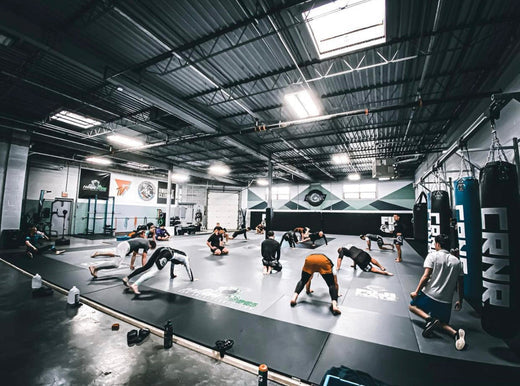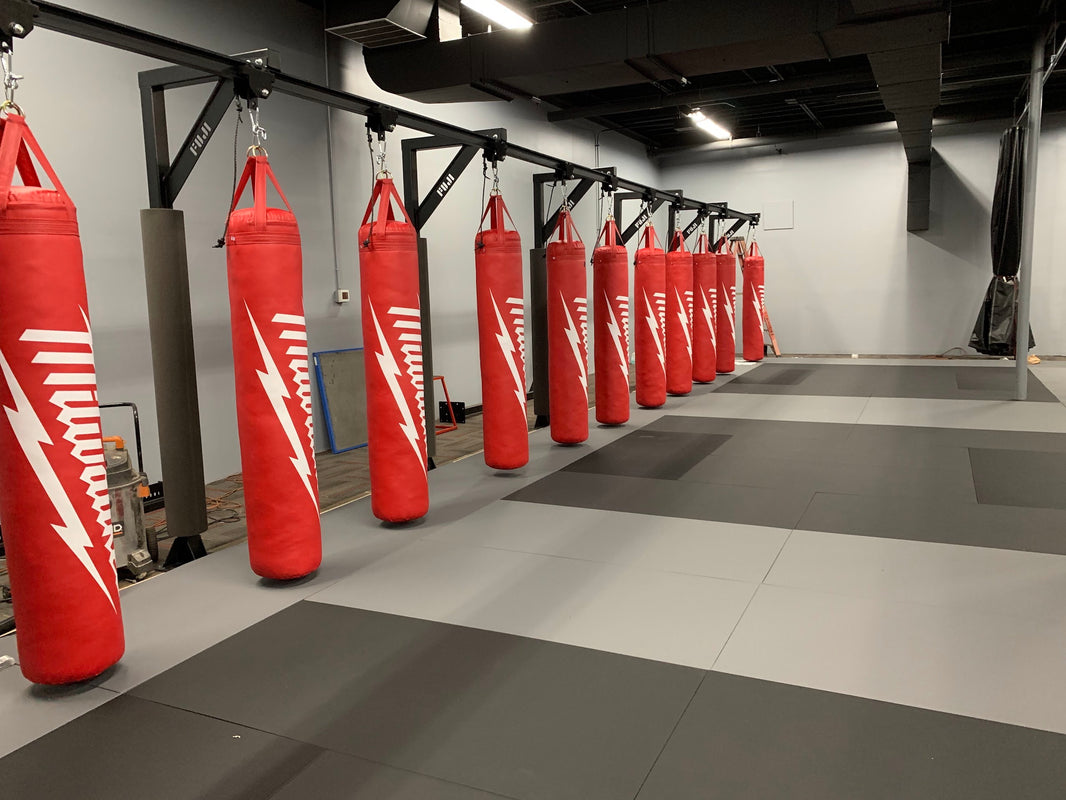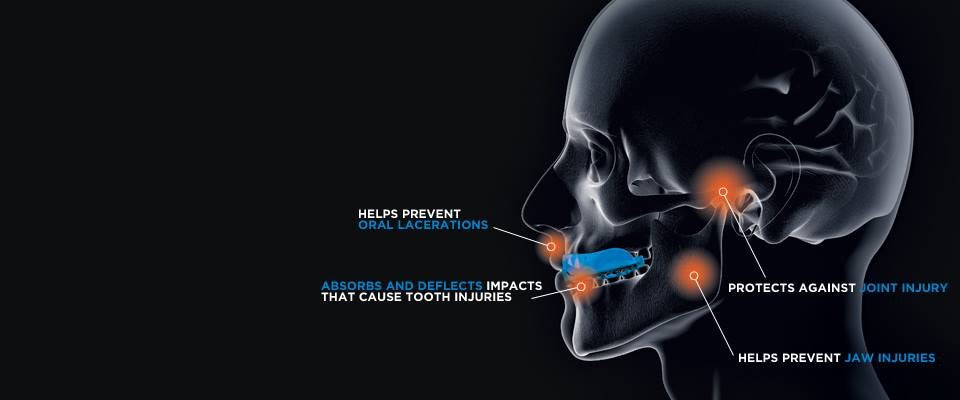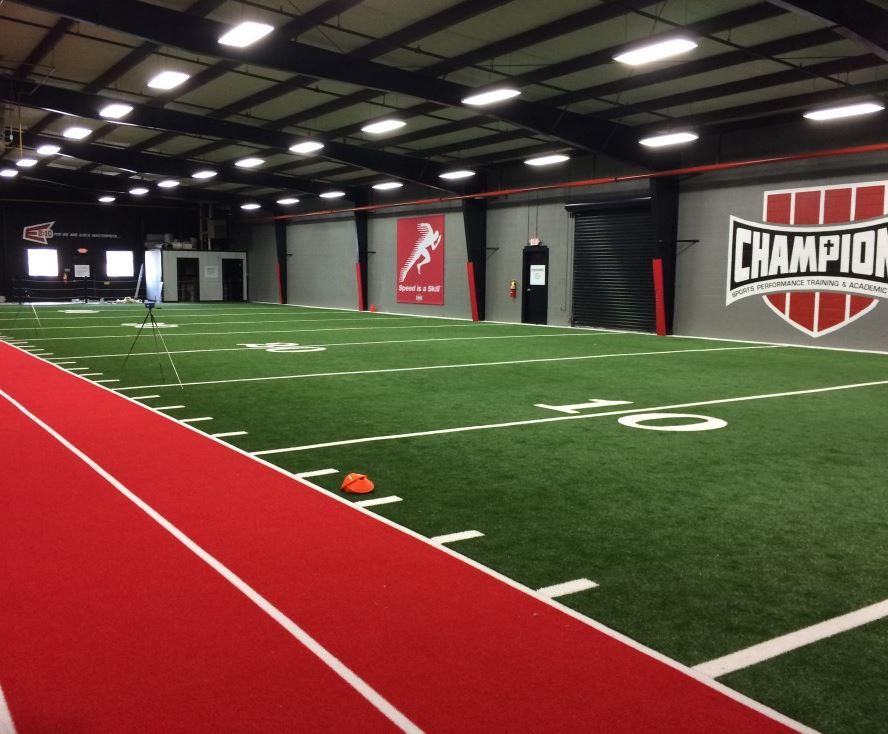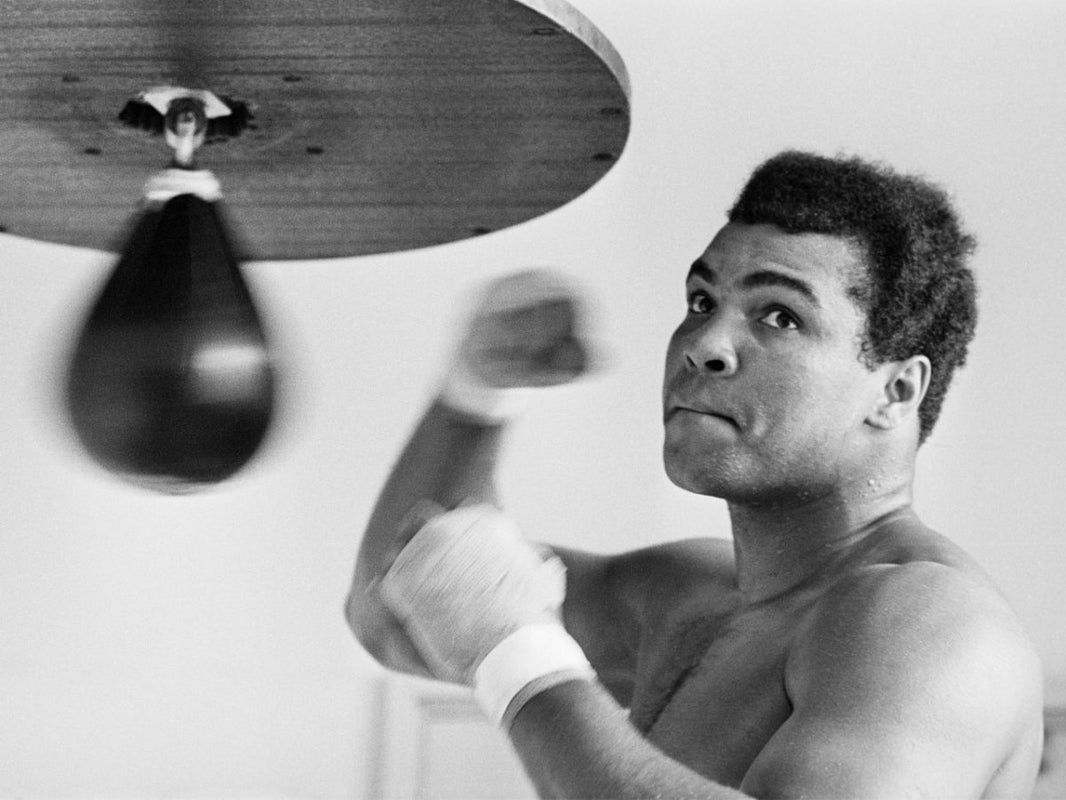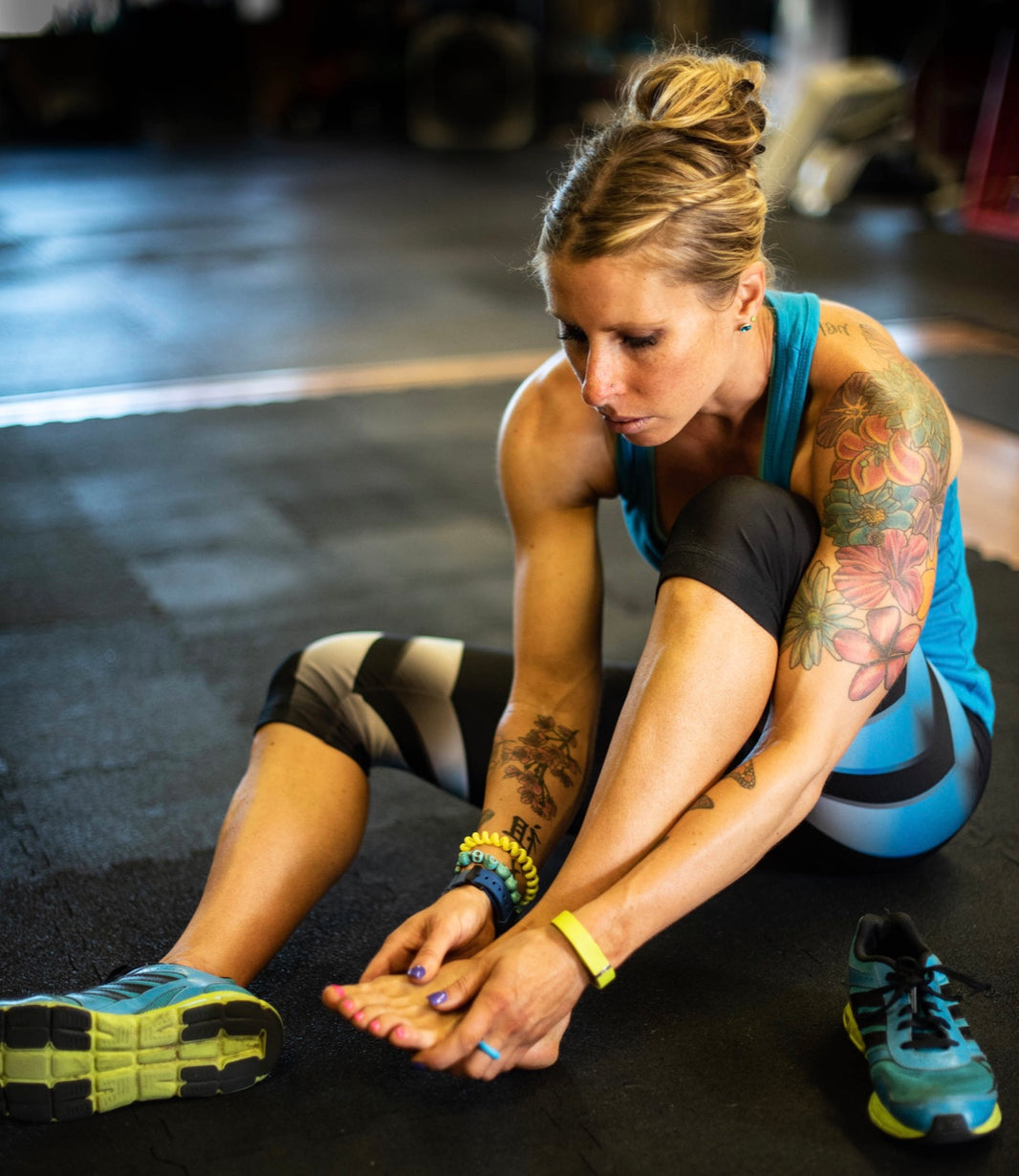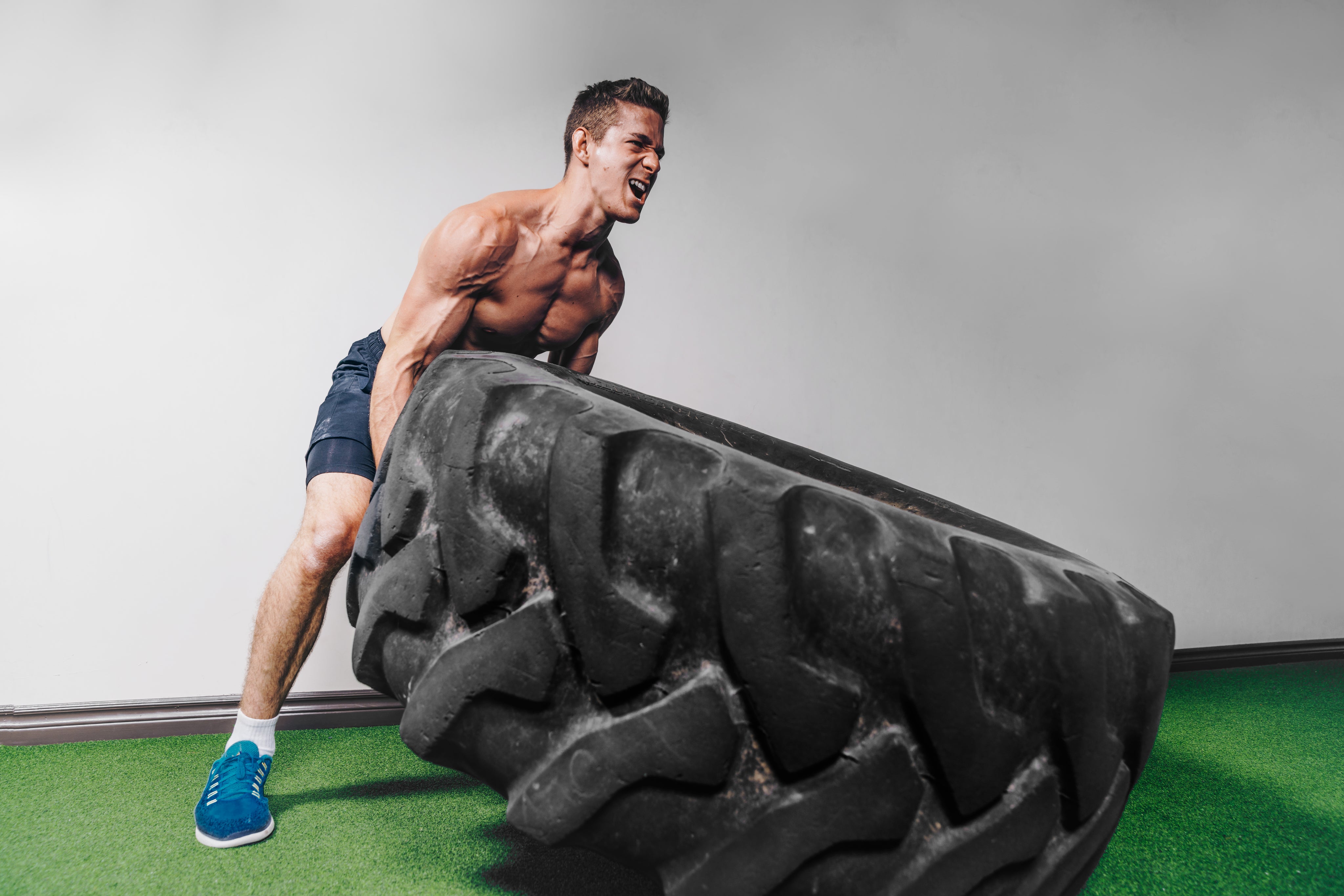How to Avoid Cramps During Workouts and Competitions

Cramps can be a frustrating and painful disruption during workouts and competitions, impacting your performance and overall experience. Understanding the causes of cramps and implementing strategies to prevent them can help you maintain peak performance and stay focused on your goals. In this blog post, we’ll explore the common causes of cramps and share practical tips to avoid them during your training and competitive events.
Understanding Muscle Cramps
Muscle cramps are involuntary contractions of one or more muscles that can cause sudden and intense pain. They often occur during or after intense physical activity and can affect athletes of all levels. The main causes of cramps include:
- Dehydration: Inadequate fluid intake can lead to an imbalance of electrolytes, which are essential for muscle function.
- Electrolyte Imbalance: Loss of key electrolytes like sodium, potassium, and magnesium through sweat can contribute to cramping.
- Overuse or Fatigue: Prolonged or intense exercise can cause muscles to become fatigued, increasing the likelihood of cramps.
- Poor Conditioning: Lack of proper conditioning and flexibility can make muscles more prone to cramping.
Tips to Prevent Cramps During Workouts and Competitions
1. Stay Hydrated:
- Drink Plenty of Water: Ensure you are drinking enough water throughout the day, especially before and after workouts.
- Use Electrolyte Drinks: During intense exercise, consider consuming drinks that contain electrolytes to help maintain balance.
2. Maintain a Balanced Diet:
- Consume Essential Nutrients: Include foods rich in potassium (bananas, oranges), magnesium (nuts, leafy greens), and calcium (dairy products) in your diet.
- Eat Balanced Meals: Proper nutrition helps maintain overall muscle function and reduces the risk of cramps.
-
Foods Rich in Sodium - Sea Salt, Soy Sauce, Pickles, Salty foods.
-
Foods Rich in Potassium - Bananas, Sweet Potatoes, Spinach, Avocados, Oranges, Tomatoes.
-
Foods Rich in Magnesium - Nuts and Seeds, Leafy Greens, Whole Grains, Legumes, Dark Chocolate, Avocados.
3. Warm Up and Cool Down:
- Warm Up Properly: Start your workout with a gradual warm-up to increase blood flow to your muscles and prepare them for exercise.
- Cool Down and Stretch: After exercising, perform gentle stretching and cool-down exercises to help relax your muscles and prevent cramps.
4. Avoid Overexertion:
- Listen to Your Body: Pay attention to signs of fatigue or discomfort and avoid pushing yourself too hard.
- Gradually Increase Intensity: If you’re starting a new workout or increasing intensity, do so gradually to give your muscles time to adapt.
5. Wear Appropriate Gear:
- Choose the Right Footwear: Properly fitting and supportive shoes can reduce the risk of cramping, especially in the legs and feet.
- Use Compression Gear: Compression socks or sleeves can help improve circulation and reduce muscle fatigue.
6. Stay Consistent with Training:
- Regular Exercise: Maintain a consistent workout routine to build muscle endurance and flexibility.
- Incorporate Strength and Flexibility Training: Regular strength and flexibility exercises can help prevent cramps by keeping muscles well-conditioned.
What to Do If You Experience a Cramp
If you do experience a cramp, here’s what you can do to alleviate the pain:
- Stop and Stretch: Gently stretch the affected muscle to help release the contraction.
- Massage the Area: Apply gentle pressure and massage the cramping muscle to relieve tension.
- Hydrate and Rest: Drink water or an electrolyte beverage and rest until the cramp subsides.
Conclusion
Preventing cramps during workouts and competitions involves a combination of proper hydration, nutrition, and conditioning. By following these tips and understanding the causes of cramps, you can minimize their impact on your performance and enjoy a more effective and comfortable training experience. Remember to listen to your body and make adjustments as needed to stay at the top of your game.
Stay proactive in your approach to prevent cramps, and you’ll find that you can train harder, compete more effectively, and achieve your athletic goals with greater ease.


